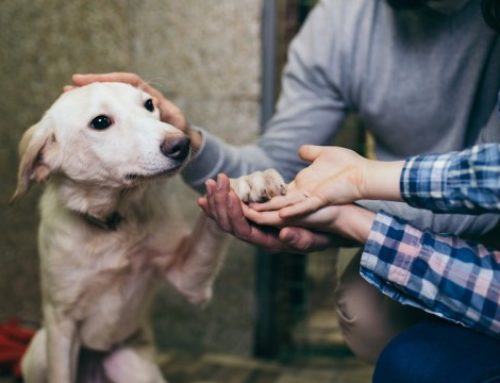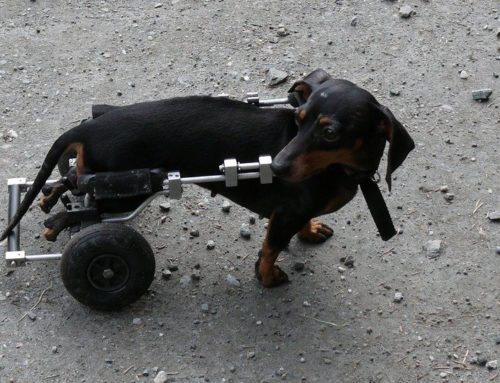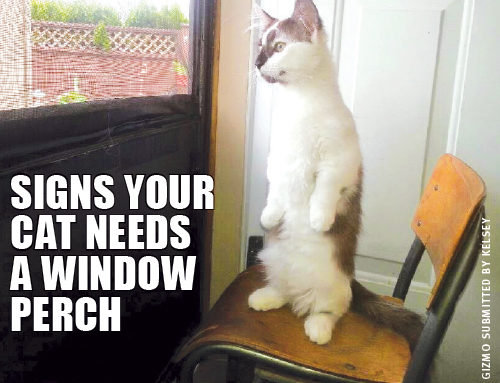When adding a new pup to your family, one thing that most new pet parents aren’t always prepared for is when the puppy is chewing everything. The same goes for those who have adopted an adult dog who is chewing nonstop.
1. BE ATTENTIVE.
Much like you would with a human baby, always keep an eye on your puppy or dog to protect him from his own curiosity and desire to put everything in his mouth and chew on it.
2. CONTAIN THE SITUATION.
If you have to leave your dog alone, it is best to keep him confined. Whether for a longer portion of the day or only a little while (like a trip to the grocery store), use a dog crate or, if your puppy is unable to be crated, section off a small room in your home using dog gates. This will limit his access to undesired chewing targets and help him stay on track with potty training.
LEAVE YOUR SCENT BEHIND.
If you are leaving your dog for a longer duration, rolling your dog’s favorite toy or nylon bone between your hands will transfer your scent to help soothe him.
It is also important to avoid making an emotional farewell so that your puppy does not respond with anxiety (i.e., separation anxiety), which can lead to whining, barking and other destructive behaviors.
PUT AWAY ANYTHING THAT A DOG CAN CHEW ON.
You must put away all of the things your dog can get into his mouth. Even things that appear to be out of reach may be reached by a diligent dog.
CHOOSE DOG TOYS WISELY.
Only buy dog chew toys that have been designed with a dog’s safety in mind.
Many dog plush toys have pieces that can fall off or be chewed off and become a choking hazard. A dog can easily chew open many squeaker toys and swallow the squeaker, which will require a trip to the emergency vet.This includes shoes, children’s toys (especially small toys that your puppy can choke on), articles of clothing (particularly socks and undergarments), plastic bags, trash bins, containers of medicine, wallets and purses, supplements, plants—just about everything.
INTERRUPT, THEN DIVERT.
When you do find your dog chewing on an inappropriate object, interrupt him and then divert his attention to an object that is appropriate for him to chew on. Praise your dog for chewing on the appropriate object.
7. DO NOT GIVE YOUR DOG AN OLD SHOE OR OLD SOCKS TO CHEW ON.
You are unintentionally teaching him that it is acceptable to chew on shoes and socks, and there will come a day when one of your very favorite or very expensive shoes ends up as a dog chew toy.
EXERCISE DAILY.
Engaging in age- and breed-appropriate exercise every day helps prevent your dog from getting bored. It also helps to keep burn off some of his energy.
https://www.petmd.com/dog/puppycenter/training/evr_dg_top10_chewing_guidelines






Leave A Comment
You must be logged in to post a comment.